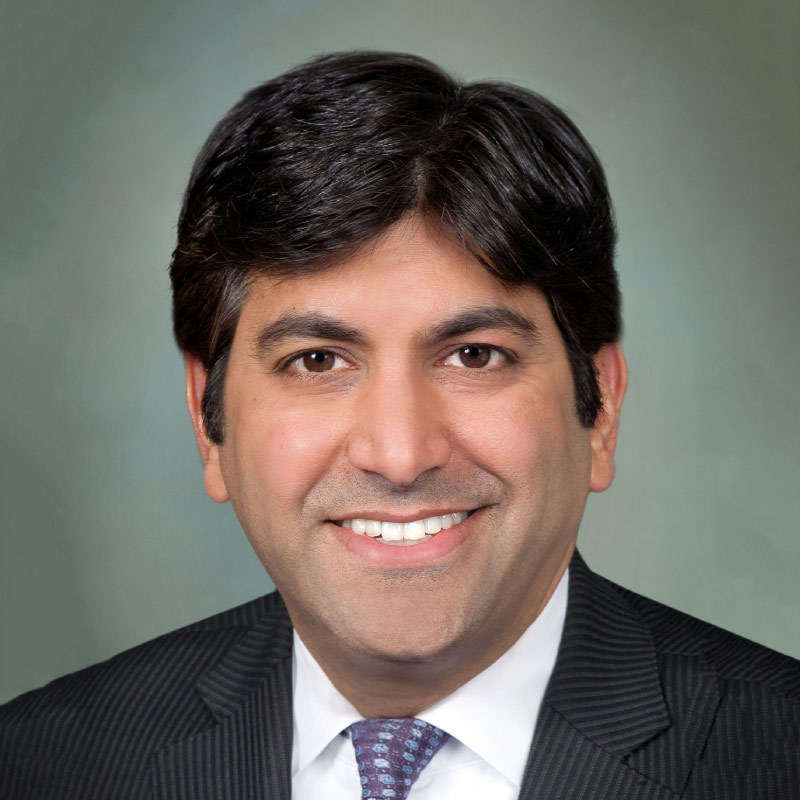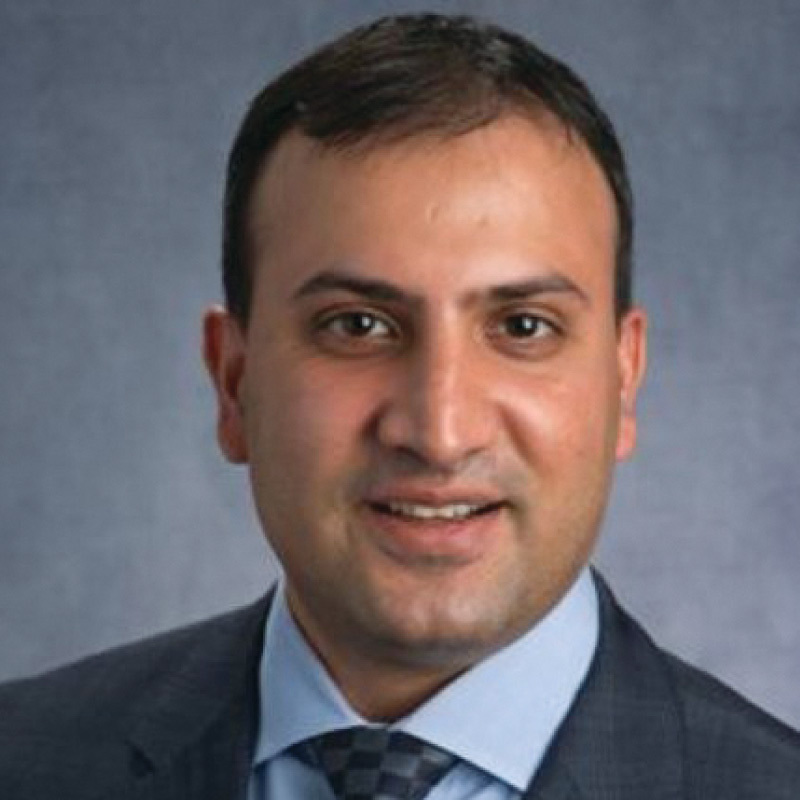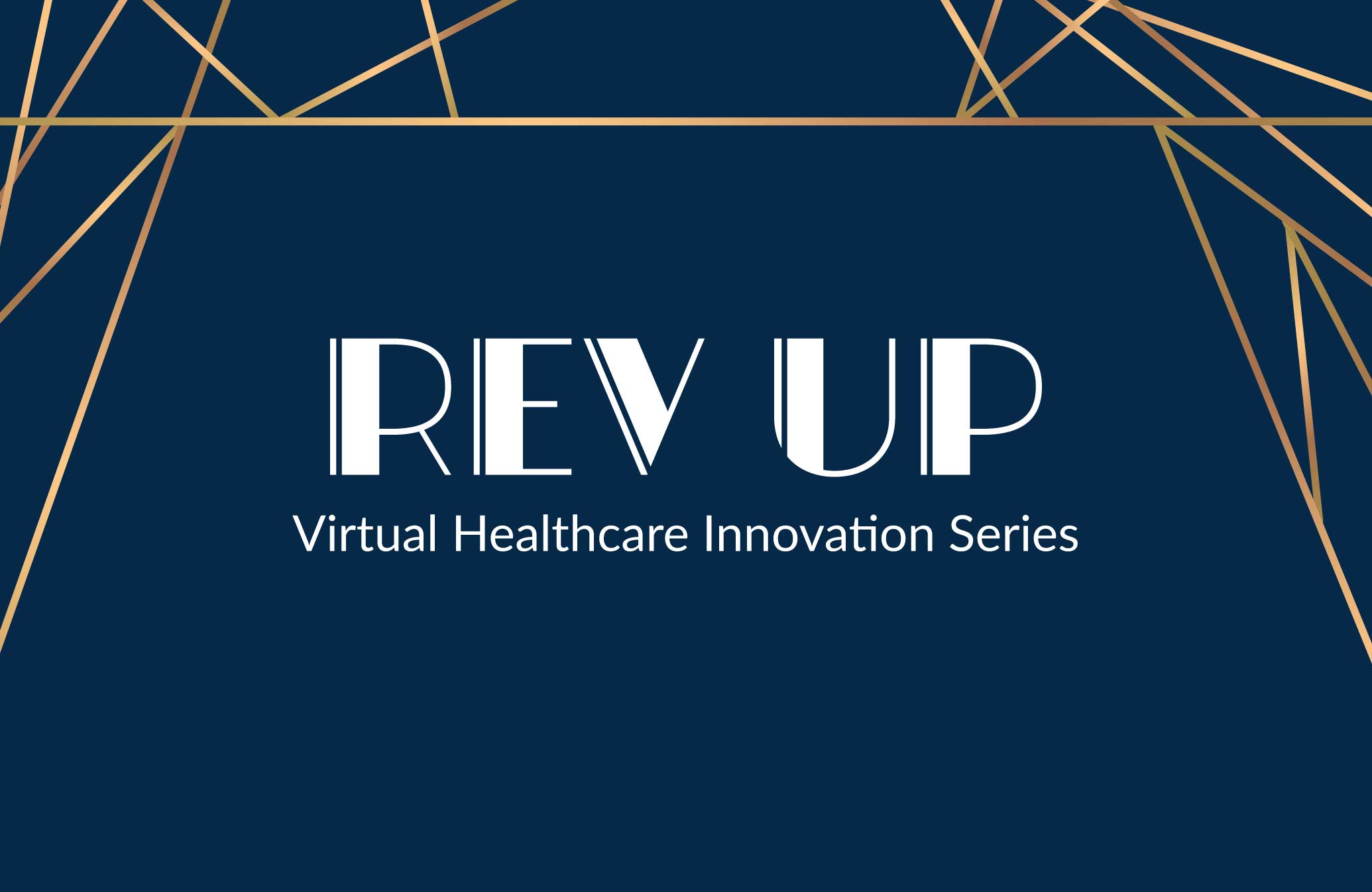Rev Up 2021 was a huge success! Following our in-person VIP event at the end of July, the bar was set high and it’s safe to say our virtual series rose to the challenge. We had another year of record-breaking attendance for one future-focused keynote and two in-depth panel sessions focusing on some of healthcare’s most challenging topics.
To cover these themes, leaders from across the industry came together to share insights, strategies, and address what is being done to make the healthcare system work better, for everyone.
Before we dive in, a very special thank you to our speakers and attendees. We had incredible engagement from our guests, asking purposeful questions on measuring SDoH, new technology opportunities, and the future of higher quality, value-based healthcare. Our speakers fueled the conversations and delivered answers throughout the virtual series.
From all the incredible insights, we pulled out 3 healthcare innovation key takeaways from Rev Up 2021.
#1—Collaboration Matters: Handoffs and Handshakes to Realize the Promise
Aneesh Chopra, the first CTO of the United States, and current President of Care Journey, kicked off our virtual series by highlighting what the future of digital and infrastructure looks like in a more consumer-oriented, value-based care world.
The goal of a health system that achieves equitable outcomes through high-quality, affordable, person-centered care seems lofty on the surface. But Chopra challenged us to dive deeper. Taking the principles of open innovation, crowdsourcing, or platforms to create a recipe for digitizing healthcare delivery through bi-partisan agreement, Chopra referred to as handshakes and handoffs, we are moving toward person-centered, higher-value care.
Data sharing and payment reform are two methods to accomplish better care. When we link technology investments to improving population health, we catalyze care delivery innovations and Health Information Technology (HIT). Engaging members with that technology is key.
An important note on broadband Internet access: Less than 15% of all Medicaid beneficiaries access the Emergency Broadband Benefit Program even though 100% qualify for the benefit.
Taking a look into the future, Aneesh pointed to an emerging approach for value-based care: direct-to-consumer engagement with data and preferences in the individual’s control. As a market-based healthcare system, the most critical success factor is to aggregate lives to alternative payment models and provide greater transparency of how they measure price and quality. And last but not least, more Internet-based data sharing to tie to the clinical needs of patients and their best interests.
“SDoH incorporated into outreach strategies to recruit underserved populations to coordinated care is the metric of success for this era.”

Aneesh Chopra
First CTO of the U.S. and President of Care Journey#2—Listen to Your Members: Mixed-Method Strategies for Real Engagement
Member experience and stories shape the success of health engagement programs and better health outcomes. Or at least, they should. There is a measurable impact of understanding the people and communities you serve. Engaging with members where they are assists in identifying trends and improving population health on a national level, but it starts with the individual.
For our first panel session, we were joined by R.J. Briscione and Cyrus Batheja as Louise Briguglio moderated the conversation: Making the Member Experience Matter – Real Stories Behind Healthcare Engagement.
The first step starts with knowing what gaps in care exist and where. On the national level, mixed-method research is an invaluable tool for informing where there may be specific population health patterns. Locally, through the use of focus groups, interviews, and environmental surveys, you’ll discover barriers different groups encounter that you didn’t know were there. That’s why gathering member-level insights to become a part of the community is so important. Empathy allows us to see a member as a human.
Because the reality is that every person has unique needs, and understanding how you can best serve them builds trust and a relational tie to better health.
When it comes to measuring the ROI on SDoH approaches, Batheja and Briscione offered this advice: Speak to your members and identify an issue. There is likely a community-wide or even broader pattern.
For example, take food insecurity as a health disparity, and establish a baseline for how many people in the community are starving. Quantify and validate the problem before the program results. ROI for SDoH can be measured when you know what your members need from you, the relationship grows, and you fulfill their needs with meaningful engagement. Programs will have better uptake. Organizations can use it to realize their more traditional forms of ROI while ensuring that the programs are used and beneficial to the community members.
If healthcare becomes more member-centric and empathetic—and it must—organizations will begin to align goals to the member and build higher levels of trust. To deploy a successful program, quantitative and qualitative data must come together to create the right program at the right time for your members.
“Patient perspective should be fundamental to what you seek to achieve.”

Cyrus Batheja
National Vice President, Enterprise Transformation and Strategic Solutions, UnitedHealth GroupFor all the amazing insights from this session, watch the full conversation below.
#3—Social Determinants of Health: Connecting With Unreachable Populations
When we talk about social determinants, it’s no secret that there is a lot happening in the healthcare space. Not only are larger, national health plans investing in SDoH, but we’re beginning to see a trickle-down effect to the middle market and regional plans, and for good reason. The best healthcare innovations are happening for populations and communities that are the hardest to reach.
John Gorman, Andrey Ostrovsky, and Michael Calogero joined Sara Ratner for our third and final Rev Up session: Small Steps to Big Wins – SDoH Interview on Health Equity, Digital Divide, and Other Hot Topics
Encouragements include a little-noticed benefit covering pest control and home modification allowances to improve living and air conditions inside of homes. While this seems far off from healthcare, a deeper dive displays serious health improvements for elderly low-income individuals with conditions like Asthma and COPD. Because of these innovations, better indoor air quality is available.
And of course, the digital divide: broadband Internet access. In this day and age, it is nearly impossible to reach the people in need of benefits if they do not have Internet access. Broadband access and digital literacy work side by side to connect with members and get them up to speed.
But it’s important to remain sensitive to each member’s journey. Employing empathy into the strategy of technology enabled services for members is vital. Healthcare innovation begins with fully utilizing the resources available and ensuring that existing benefits are needed, known, and accessible for the members they are intended to serve.
Members having access to living essentials like food and housing, and in this age, digital access, are all things that a solid SDoH strategy can solve for. But you can’t improve what you can’t measure. Data is critical to structure the kinds of experimental designs to demonstrate that these programs are successful and that they deliver results.
The efficacy of SDoH programs rely on an understanding of the value and impact they have for the intended beneficiaries. It often requires a longer time horizon for establishing and measuring the ROI of these investments.
“There’s absolutely no way that you can get started with any kind of coherent social health strategy unless you’ve got basic data on who your members are.”

John Gorman
Chairman, Nightingale Partners & Former Assistant Director of the Office of Managed Care (now CMS)To take a deeper dive into these SDoH insights, watch the full conversation below.
Revealing Icario’s Next Healthcare Innovation Series: Trailblaze 2022!
We’re thrilled to announce Rev Up is rebranding to Trailblaze in 2022! Aligning closely with Icario’s values, being a trailblazer means fearlessly taking a new path, a new approach to a better way forward. We’ll be bringing change-makers, innovators, and leaders from the healthcare industry together in the same way next year for unmatched insights into healthcare innovation.
Stay tuned for updates by following Icario on LinkedIn!




